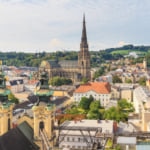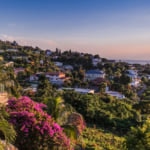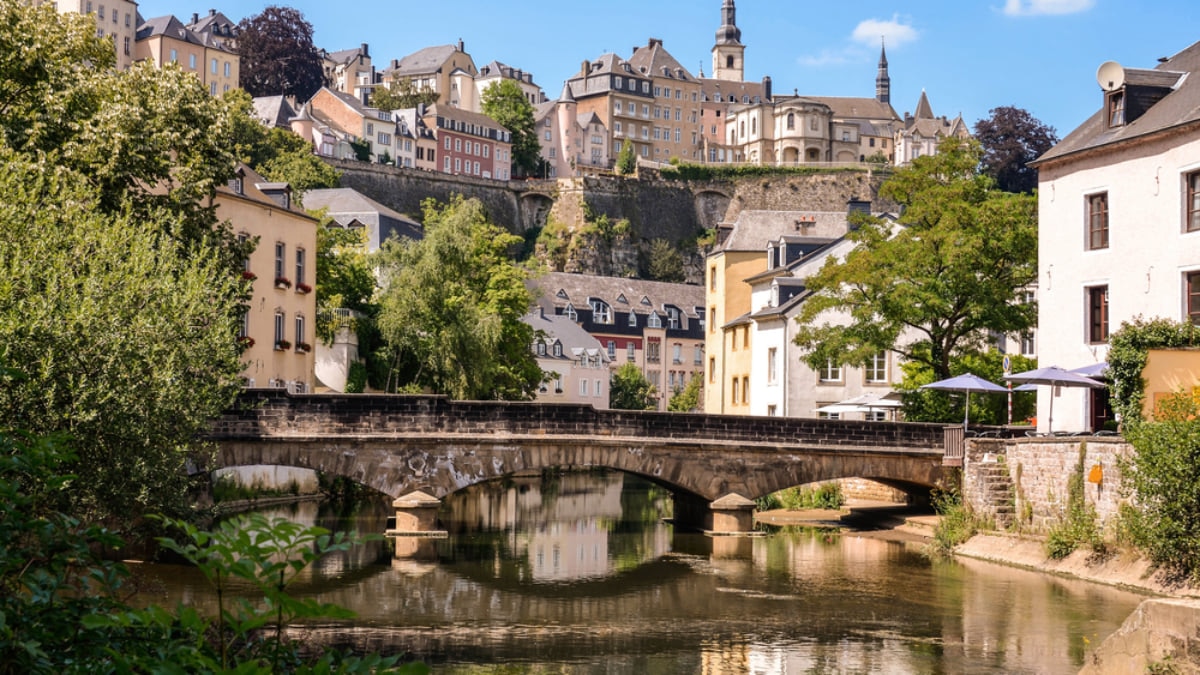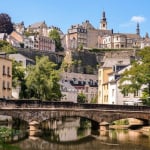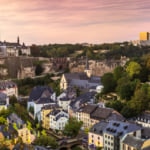With its ancient cities, vibrant melting pot of cultures and tantalizing cuisines, it's little wonder Europe is the number one tourism destination in the world. However, the overwhelming majority of these visitors head to the crown jewels of the continent, France, Spain and Italy. France alone sees nearly 90 million tourists annually, while Macedonia - a picturesque republic on the Balkan Peninsula - sees barely one million. This leaves many other European countries barely touched, though no less worthy of attention. From a sprawling coastline on the Adriatic Sea to an ancient island capital on the Mediterranean Sea, it's time to let these underrated European countries shine.
table of contents
[x] close
7 Underrated Countries in Europe that Deserve Your Attention
San Marino
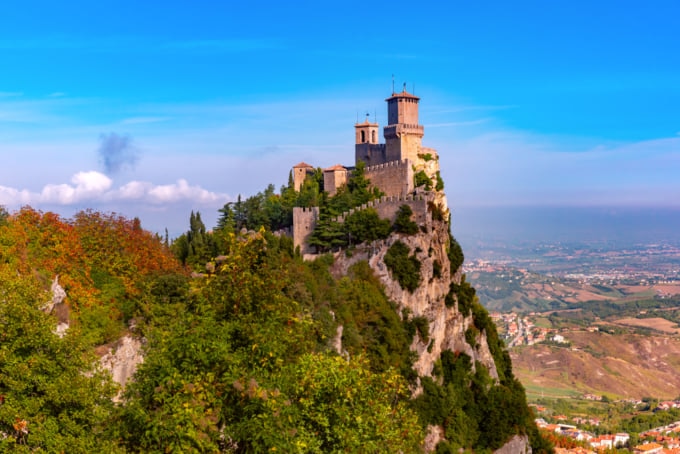
Photo by kavalenkava/Shutterstock
The third smallest country in Europe, the Republic of San Marino wins first place in many other areas. The country has the world's highest rate of car ownership and is the world's oldest republic, established in 301 AD. San Marino's capital city is home to scenic Monte Titano, a UNESCO World Heritage Site, and the nearly two hundred year old church, Basilica di San Marino. It has been compared to nearby Florence in terms of historical sites and classical beauty. This tiny country is completely landlocked by Italy and is located close to Florence. San Marino sees over two million visitors per year. While this may not sound impressive, it is over sixty times the stable population. Italy sees over 63 million, about equal to the stable population.
Luxembourg
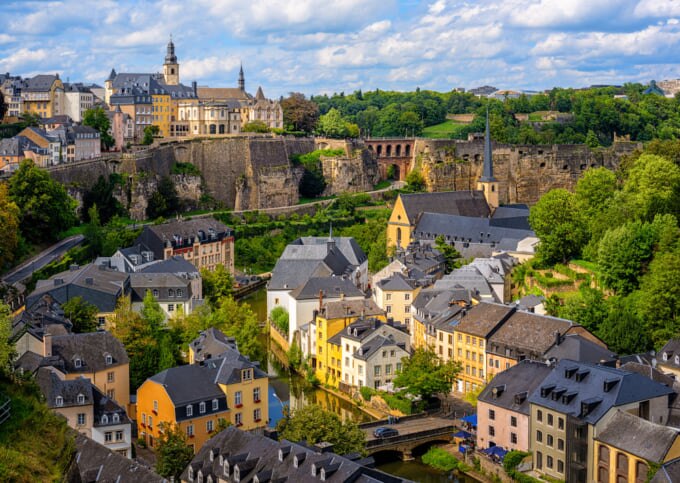
Photo by Boris Stroujko/Shutterstock
Luxembourg is a landlocked country bordered by Belgium, Germany and France. The country is blessed with boundless forested hills and ancient castles, romantic cities of towering black spires and stained glass churches. In the capital city, the historic district known as the Grund is loved for its heritage architecture and waterfront promenade. While the national language of Luxembourg is Luxembourgish, a Germanic language, both French and German are used more predominantly in media. The country's cuisine is also multicultural, reflecting German, French, Latin, Italian and Portuguese tastes. Luxembourg sees a mere one million visitors per year with a population of 600,000.
Malta
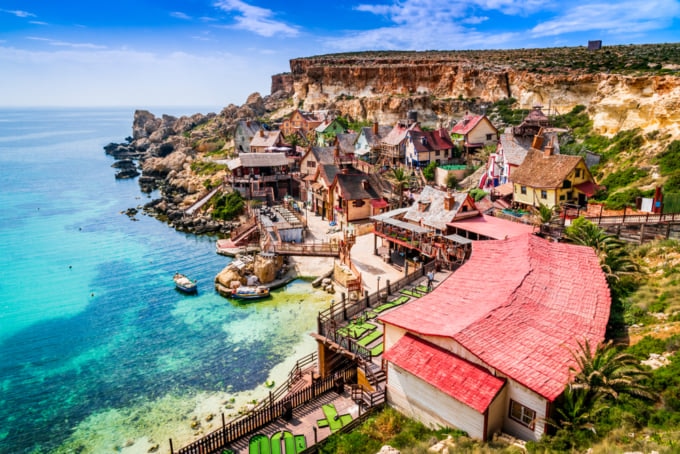
Photo by cge2010/Shutterstock
Malta is a beautiful island country in the Mediterranean Sea. The entire capital of Valletta is a UNESCO World Heritage Site filled with quaint cobbled streets, Baroque palaces and awe-inspiring cathedrals of stained glass, gold and priceless art. During the Middle Ages, the city was a bastion of the Order of Saint John, a military order of the Catholic Church also known as the Knights Hospitaller. Malta's stunning beaches, Medieval architecture and elegant public gardens set it apart from other Mediterranean holiday destinations. Both English and Maltese are spoken, and Maltese is slowly growing in popularity with nearly two million tourists visiting each year.
North Macedonia
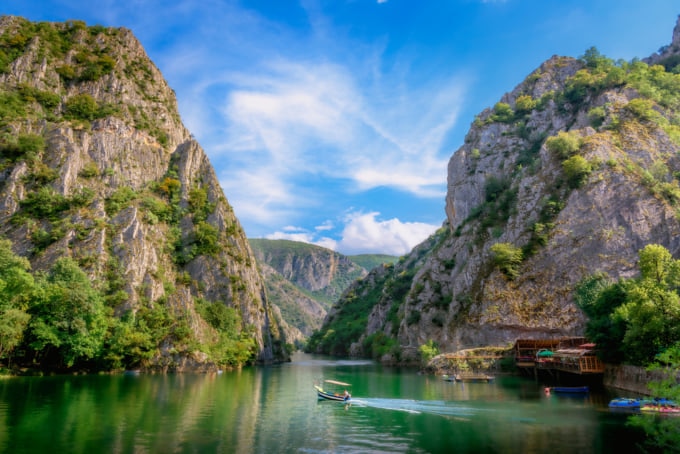
Photo by mbrand85/Shutterstock
Macedonia, officially 'North Macedonia', is a moderately sized, landlocked country bordered by five other European countries including Bulgaria and Greece. The country was once part of the defunct republic Yugoslavia, from which it gained independence in 1991. Macedonia is a rugged, mountainous country of scenic river canyons, mountain ranges and freshwater lakes, and three large national parks with an abundance of native wildlife. Throughout the country, there is evidence of the ancient Byzantine and Ottoman Empires in , as well as stunning Medieval architecture. Macedonia sees less than one million visitors each year.
Albania
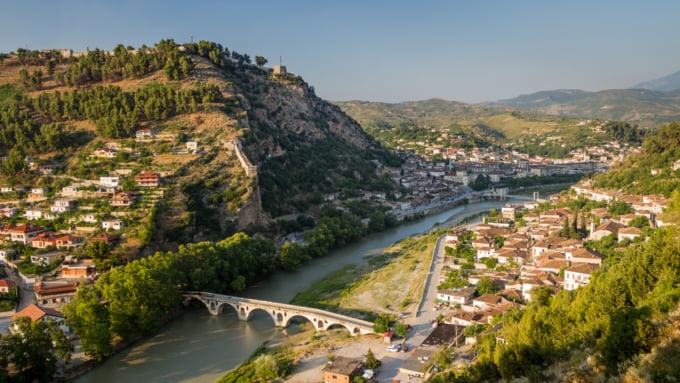
Photo by Christian Wittmann/Shutterstock
Bordering North Macedonia to the west is Albania, a vast nation with a long coastline on the Adriatic Sea opposite Italy. Albania has a long history as an important stop on trade routes to Rome and Greece, and the ruins of the ancient city of Apollonia are as awe-inspiring as any Roman coliseum. Albania saw a dramatic rise in tourism in recent decades, going from being one of the most isolated countries in the world to welcoming over 4 million visitors annually. Most of these head to the scenic Adriatic coasts and Islands of Ksamil, but the historic cities of Gjirokaster, Kruje and Shcoder are also worth making the trip for.
Estonia
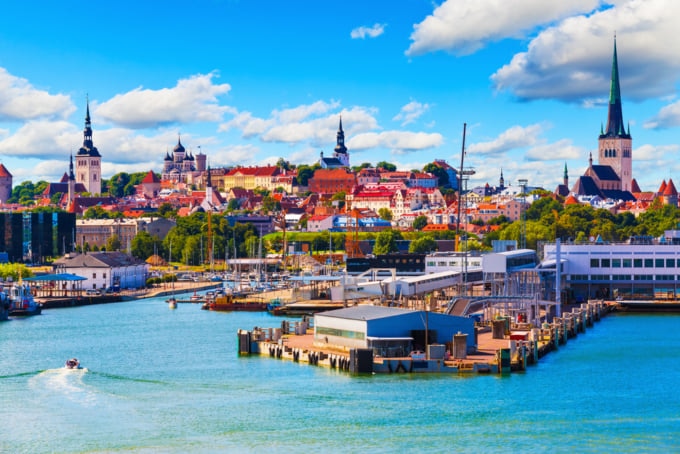
Photo by Oleksiy Mark/Shutterstock
A country on the Baltic Sea, Estonia sees Finland across the strait and shares a land border with Russia and Latvia. Ancient Estonians settled here over 10,000 years ago, and the territory was the site of many battles during the Baltic Viking and Medieval Eras, and was later conquered by Sweden and Soviet Russia before declaring independence in 1991. The cities of Tartu and the capital of Tallinn are filled with ancient institutions, historic architecture and the captivating ruins of fallen empires. Estonia is also noted for its vast national parks and nature preserves, covering nearly 20% of its total land area. Estonia sees around six million visitors annually.
Bosnia and Herzegovina
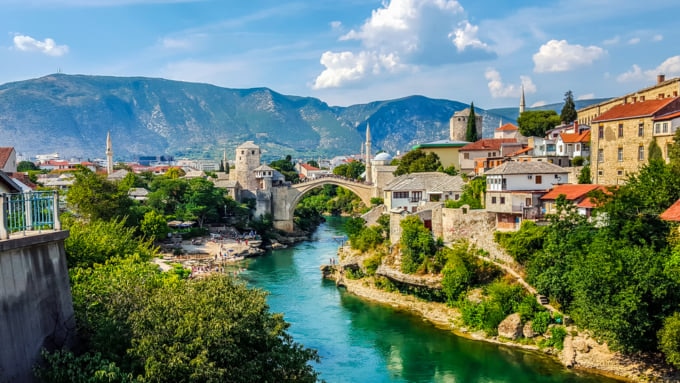
Photo by Zabotnova Inna/Shutterstock
More commonly known as 'Bosnia', this country boasts beautiful natural scenery, stunning Medieval architecture and historical sites. The capital of Sarajevo is a wealth of cultural gems, from the historic Vratnik neighborhood to the Bijela Tabija, a national monument overlooking the old town. Bosnia has three UNESCO World Heritage Sites and several more on the Tentative List. The 1984 Winter Olympics were held in the Bosnian mountains of Bjelasnica, Jahorina and Igman, and the country is home to many ski resorts. Bosnia experienced a growth in tourism after the end of the Bosnian War in 1995, and that trend continues today. Despite this, Bosnia saw less than two million overnight visitors in 2018, while neighboring Croatia saw more than ten million.
In Conclusion
Europe's colorful history, scenic natural beauty and ancient architectural gems will continue to entreat visitors for years to come. The continent is vast, and there is so much more to discover than the cathedrals of Rome or the cobbled boulevards of Paris. Whether sampling traditional Estonian cuisine or discovering the Medieval castles of Luxembourg, mountain climbing in Macedonia or exploring the Albanian Alps, it's never too late to think outside the box for your next European holiday.

